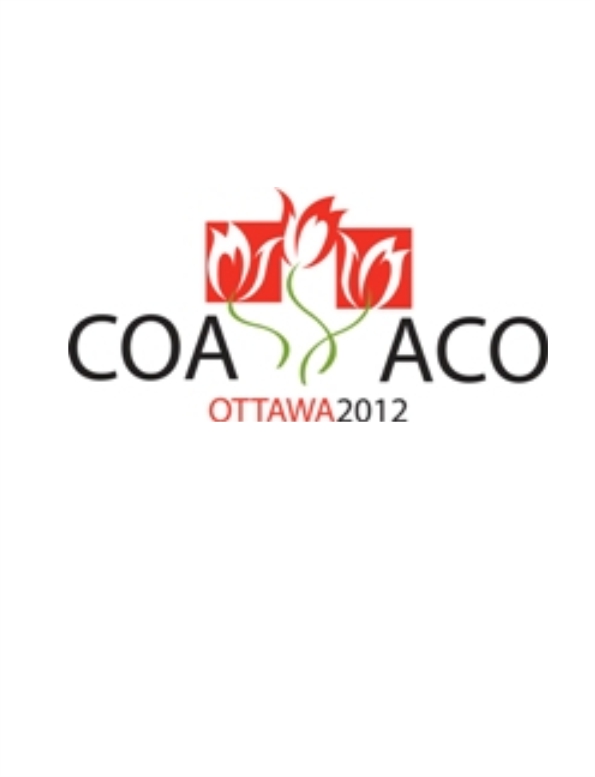
COA: Cementless femoral components result in higher femoral neck BMD

COA: Cementless femoral components result in higher femoral neck BMD
Bone Mineral Density Study of the Femoral Neck after MOM Hip Resurfacing: A Randomized Clinical Trial of Cemented vs. Cementless Femoral Component Fixation
CONFERENCE ACE REPORTS
This ACE Report is a summary of a conference presentation or abstract. The information provided has limited the ability to provide an accurate assessment of the risk of bias or the overall quality. Please interpret the results with caution as trials may be in progress and select results may have been presented.
Synopsis
120 patients requiring metal on metal hip resurfacing were randomized to receive a cemented femoral component or a cementless femoral component in order to determine the effect cement on femoral neck bone mineral density. The results of the study indicate that both cemented and cementless femoral components result in increased bone mineral density over the 1 year follow-up period. Compared with a ...
To view the full content, login to your account,
or start your 30-day FREE Trial today.
FREE TRIAL
LOGIN
Forgot Password?
Explore some of our unlocked ACE Reports below!

Learn about our AI Driven
High Impact Search Feature
Our AI driven High Impact metric calculates the impact an article will have by considering both the publishing journal and the content of the article itself. Built using the latest advances in natural language processing, OE High Impact predicts an article’s future number of citations better than impact factor alone.
Continue



 LOGIN
LOGIN

Join the Conversation
Please Login or Join to leave comments.